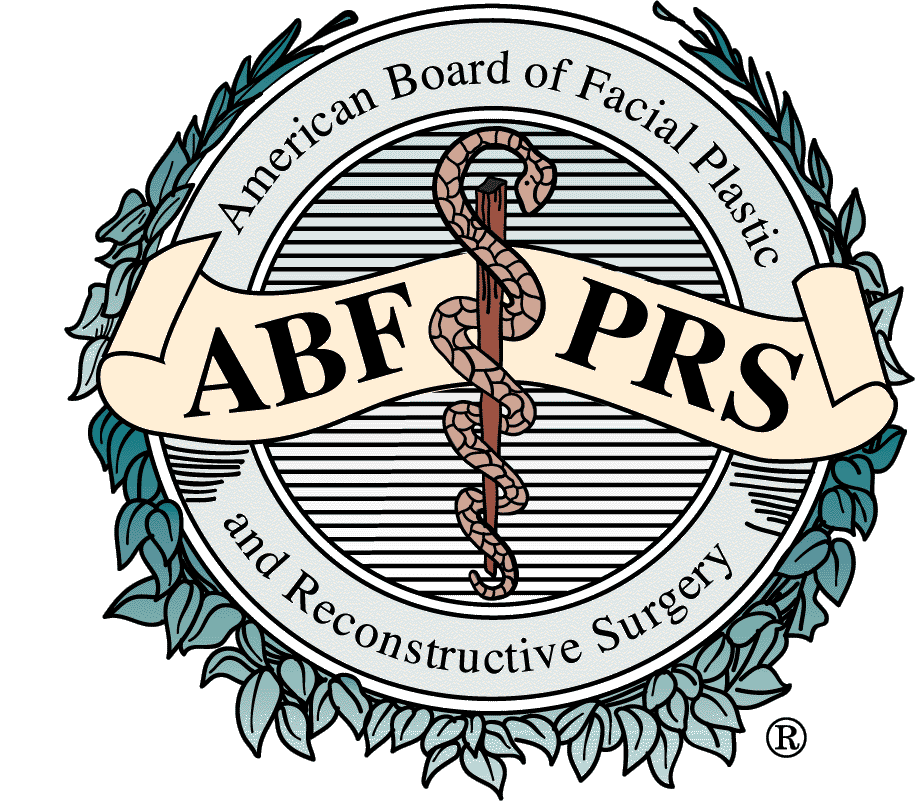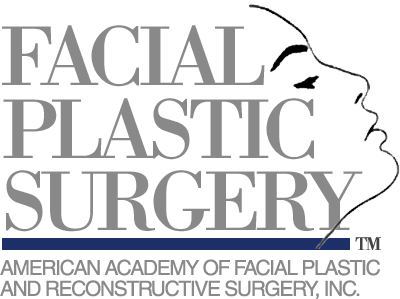Refine and Improve Your Skin with Scar Revision in Jacksonville, FL
Restore Confidence and Definition
Scar revision is a specialized procedure designed to improve the appearance of scars from injury, surgery, acne, or other causes. While scars are a natural part of the healing process, they can sometimes be raised, wide, uneven, or discolored. Scar revision helps create a smoother, more balanced, and aesthetically pleasing result.
At our Jacksonville plastic surgery practice, scar revision is performed with precision and artistry. Every treatment plan is customized to each patient’s scar type, location, and goals, with the aim of restoring confidence and achieving natural-looking results.
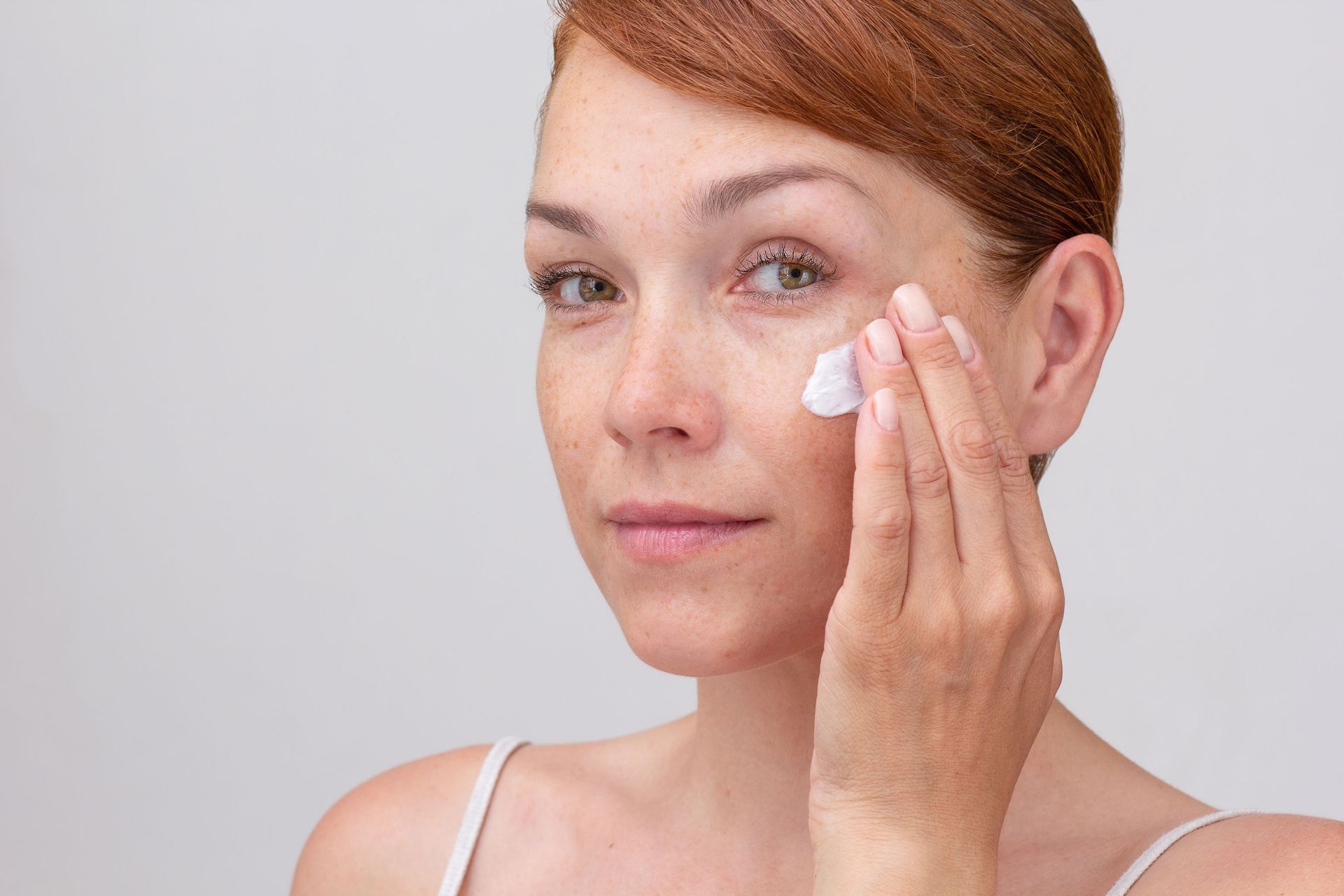
transform Your Figure
Understanding Scar Revision

Scar revision involves a variety of techniques to reduce the visibility of unwanted scars. Depending on the type, size, and location of the scar, the procedure may include:
- Excision and closure to remove the old scar and carefully close the skin
- Layered closure to improve contour and prevent widening
- Skin grafts or flaps for more complex areas
- Laser or non-surgical treatments to enhance color and texture
Ideal Candidates
- Have scars that are raised, wide, uneven, or discolored
- Desire a smoother, more balanced skin appearance
- Are at a stable weight and maintain healthy skin care habits
- Have realistic expectations about the outcomes of scar revision
Benefits of Lesion Excision
- Reduces visibility of surgical, traumatic, or acne scars
- Improves skin texture and contour
- Corrects raised, wide, or depressed scars
- Enhances overall aesthetic appearance
Transform Your Confidence
A Tailored Approach
Each scar revision procedure is customized to the patient’s unique needs. At our Jacksonville plastic surgery practice, our surgeon evaluates the scar type, size, location, and skin quality to select the most effective technique.
The approach emphasizes natural-looking results and minimal visibility. In many cases, scar revision can be combined with other treatments such as laser therapy or dermal fillers to further enhance appearance.
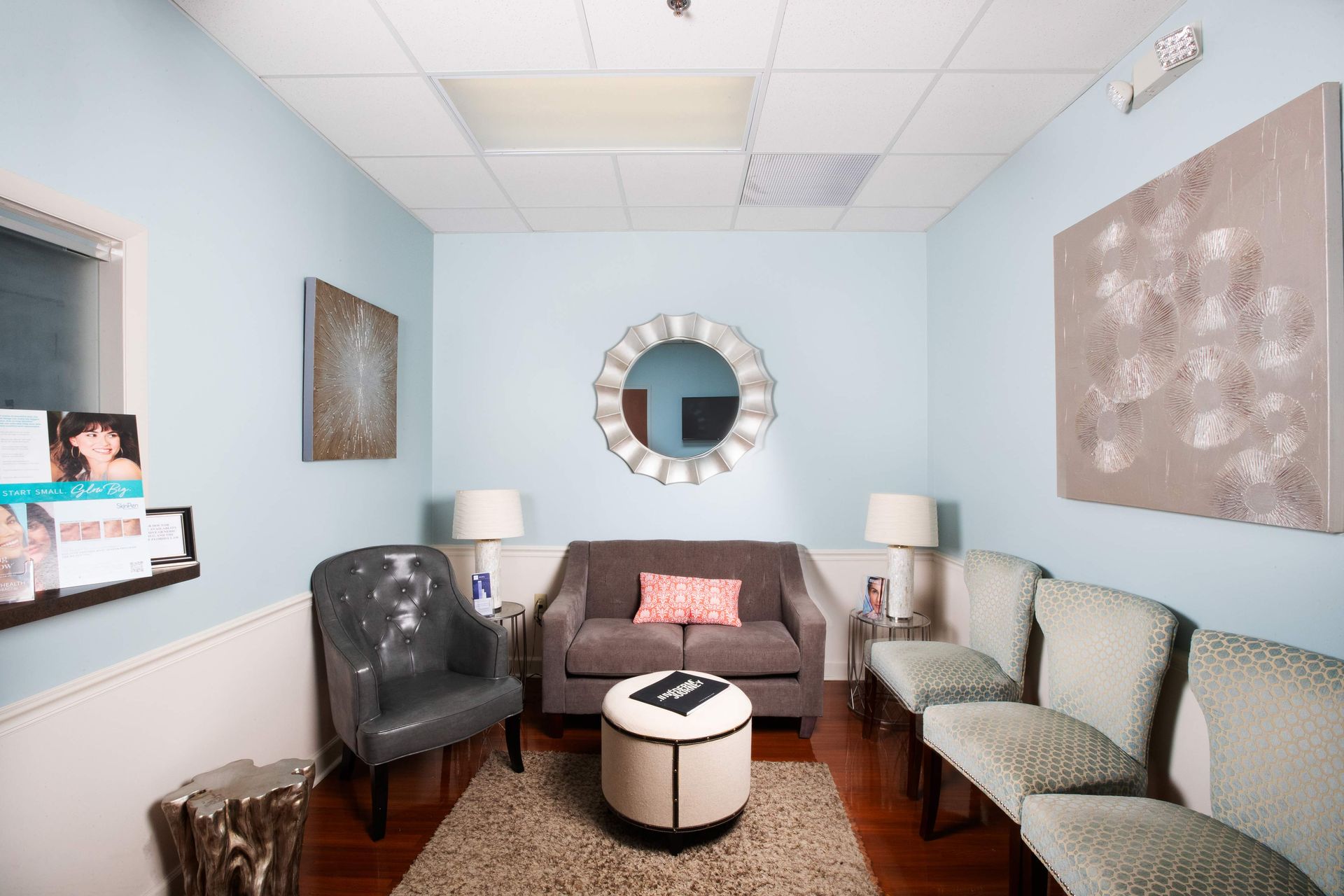
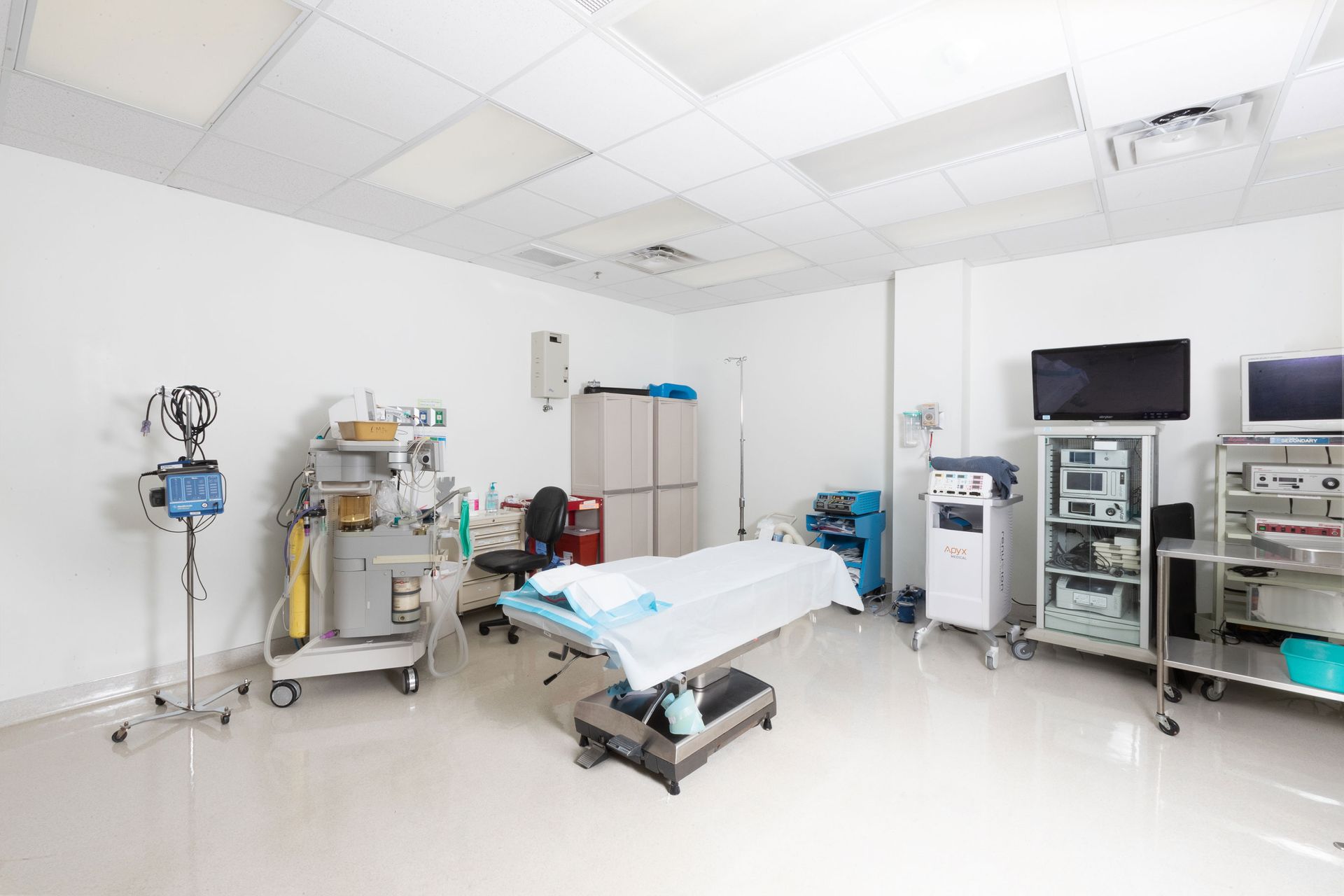
Preparing for Your scar revision Journey
What to Expect with Scar Revision
Scar revision is typically performed under local anesthesia, with sedation or general anesthesia used for larger or more complex areas.
During the procedure, the surgeon removes or reshapes the scar tissue and carefully closes the area to promote smooth, balanced healing. Recovery varies based on the technique used, but most patients experience mild swelling and tenderness for a few days. Sutures are usually removed within one to two weeks, and proper wound care is essential to optimize the final result.
Recovery and Results
Recovery from scar revision varies depending on the complexity of the procedure, but most patients experience mild swelling, redness, or tenderness for several days. Sutures are removed in one to two weeks, and full healing and scar maturation can take several months.
Final results are long-lasting, with significant improvement in scar appearance, texture, and contour. Maintaining a proper skincare routine and avoiding sun exposure helps preserve the outcome.
Frequently Asked Questions
Here are some common questions about Scar Revision to help you understand the procedure better.
How long do results last?
Results are permanent. While the scar cannot be completely erased, revision significantly improves its appearance. Proper care ensures long-term success.
Is scar revision painful?
Most patients experience minimal discomfort that can be managed with over-the-counter or prescribed medication.
Will the scar be completely invisible?
While scars cannot be entirely erased, scar revision dramatically improves appearance, making them less noticeable and more balanced with surrounding skin.
When can I resume normal activities?
Most patients return to light activities within a few days and resume exercise or strenuous activity after several weeks, depending on healing progress.
Can scar revision be combined with other treatments?
Yes. Laser therapy, fillers, or skin resurfacing treatments can be used alongside revision surgery for optimal results.


